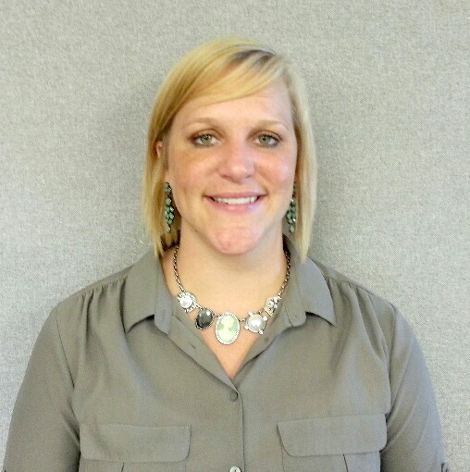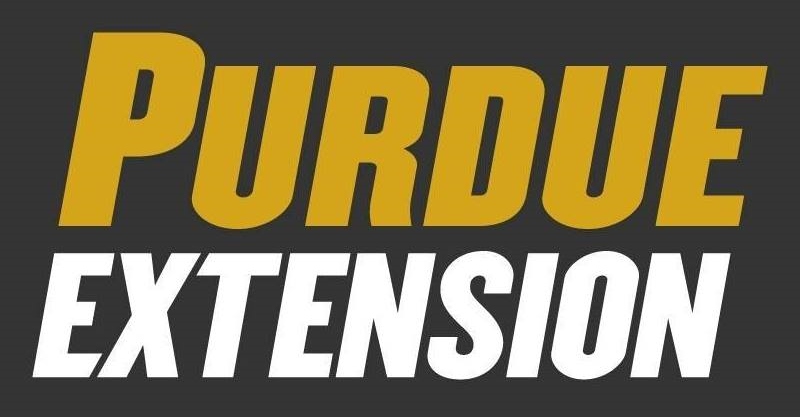Blog
Summer Isn’t Just for Kids


The sun is shining, kids are about to be out of school and it is time to gear up for fun in the summer sun. It is common for many adults to become less active as they age. But regular physical activity in older adults can be very beneficial. Physical activity can help delay, prevent or manage many costly chronic diseases. Although many know physical activity is helpful nearly 31 million adults over 50 are inactive. It is important that you assess your needs and abilities before starting any kind of exercise routine. If you have been inactive for a long period of time or are concerned about how increasing your physical activity may affect you, consult with your doctor. They can help you choose the right type, intensity and duration of the exercises that would work best for.
It is recommended that older adults participate in aerobic activity for at least 150 minutes each week. Over time, regular aerobic activity can make the heart and cardiovascular system stronger. Some examples of aerobic activity would be walking, swimming, dancing or riding a bike. If you are unable to reach the 150 minutes each week, you should be as physically active as your abilities will allow.
It is recommended that older adults also participate in muscle-strengthening activities at least 2 days a week. When doing so you should include all of the major muscle groups: legs, hips, back, chest, abdomen, shoulders and arms. Some examples activities would include using resistance bands, weight machines, hand held weights or even just carrying groceries.
Balance activities are also very important when it comes to older adults. As we age there is an increased risk of falling, so participating in regular balance activities can lower that risk. It is recommended that older adults participate in balance training 3 or more days each week. Some examples of activities that can improve your balance are walking backwards or sideways, walking heel to toe, standing from a sitting position or toe lifts (using a chair).
Before doing any of these exercises you should always warm up and after your exercises you should always cool down. You can do both of these by incorporating slower speed or lower intensity activities before and after your exercises. Doing this helps prevent injuries and reduces muscle soreness. You can count your warm up and cool down time into your 150 minutes of aerobic exercise.
Some tips to help you get physically active is to have friends or family members participate with you. These added people can be your accountability partners as well as ensuring safety. You can choose to park further from the door at grocery stores, so you can get more walking in. Many communities often have recreational programs designed for older adults. These programs often help because they are structured so you do not have to come up with your own exercise plan.
Whatever you choose to do, make sure to have fun while doing it. Now let’s shake off the winter blues and get moving.
– Monica Nagele is the County Extension Director and educator of health and human science for the Montgomery County Purdue Extension.
